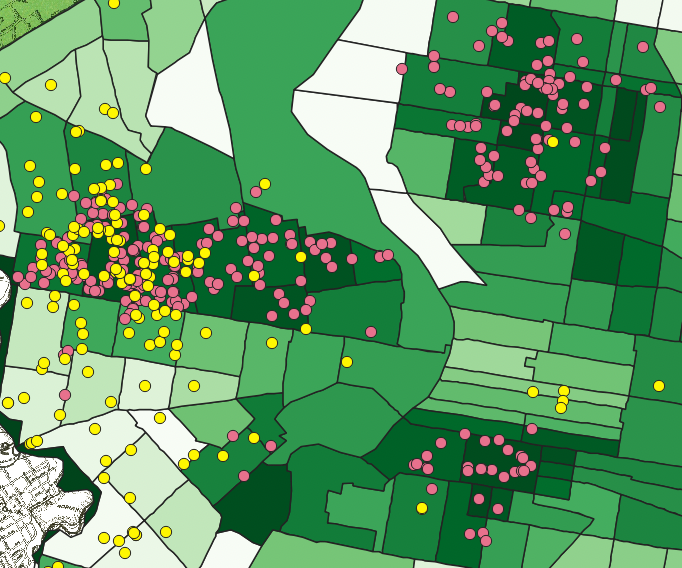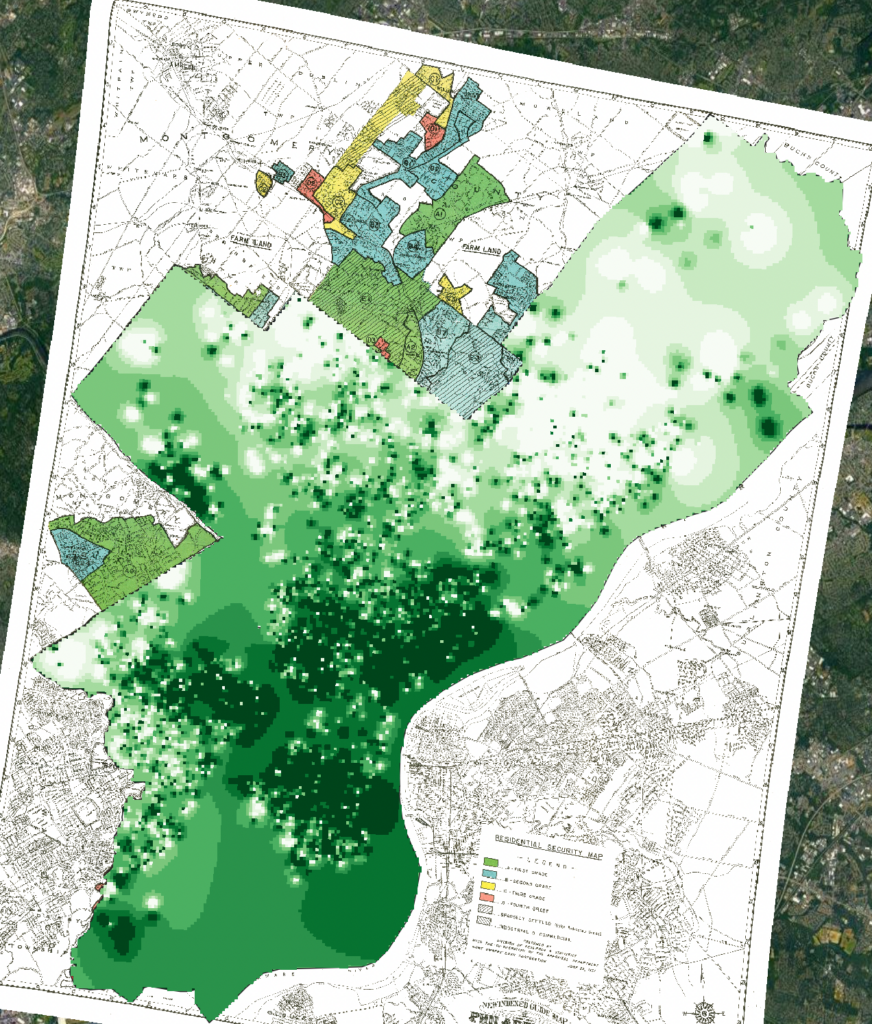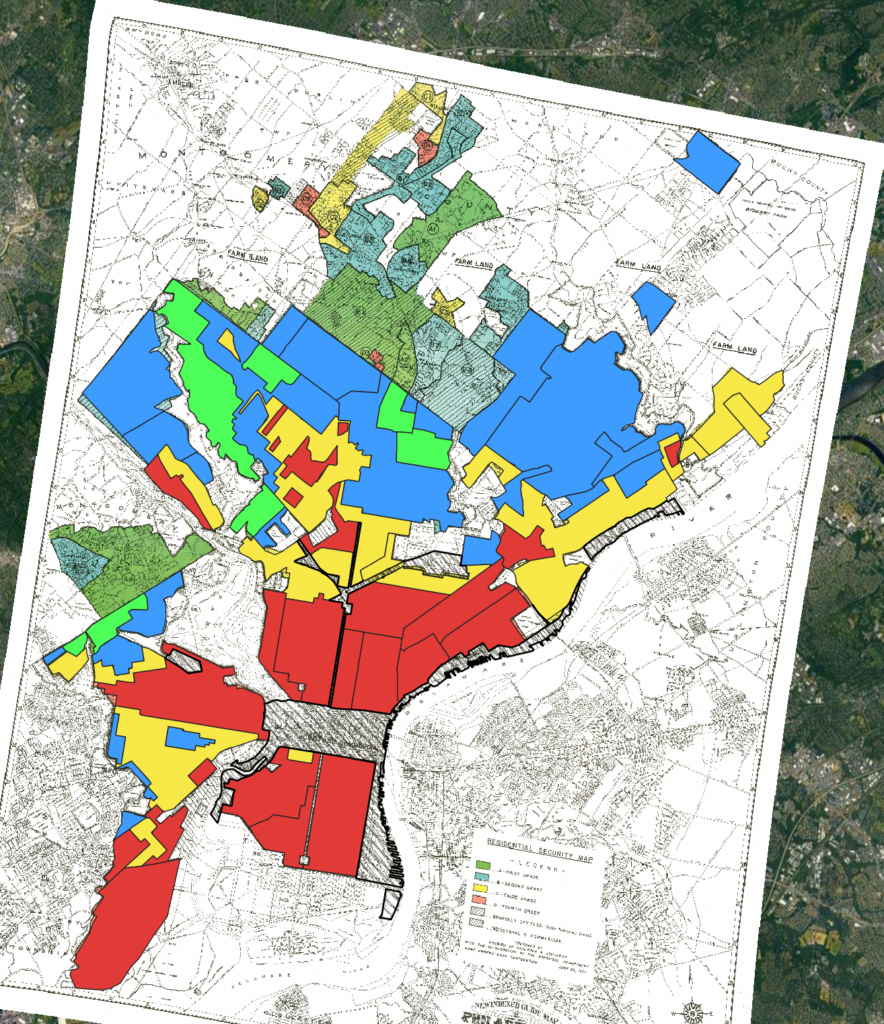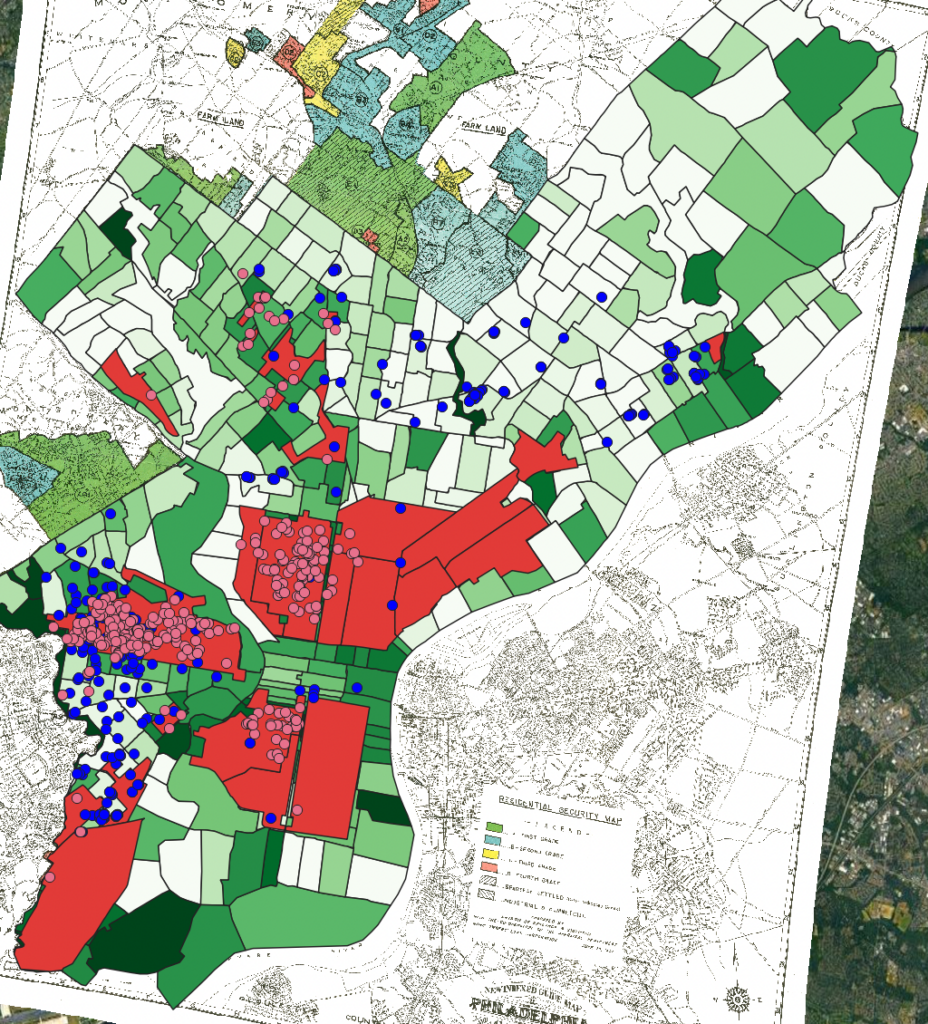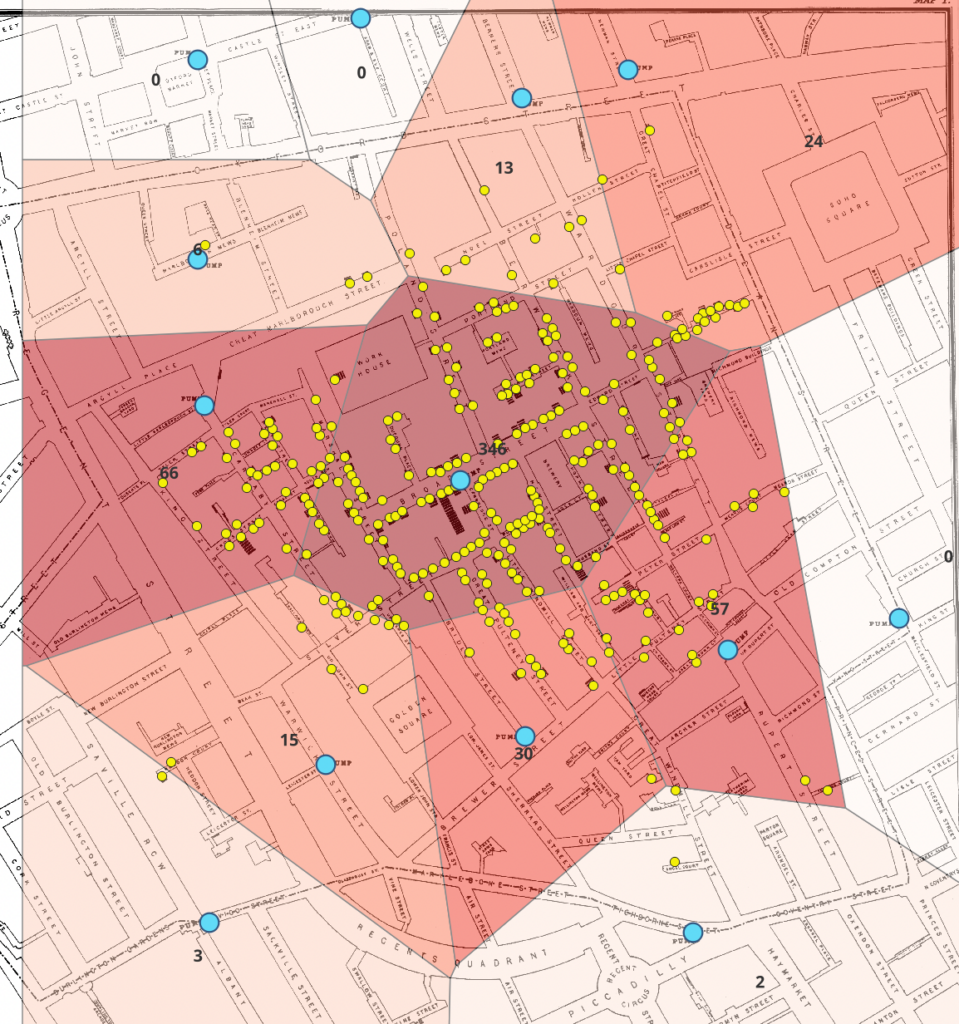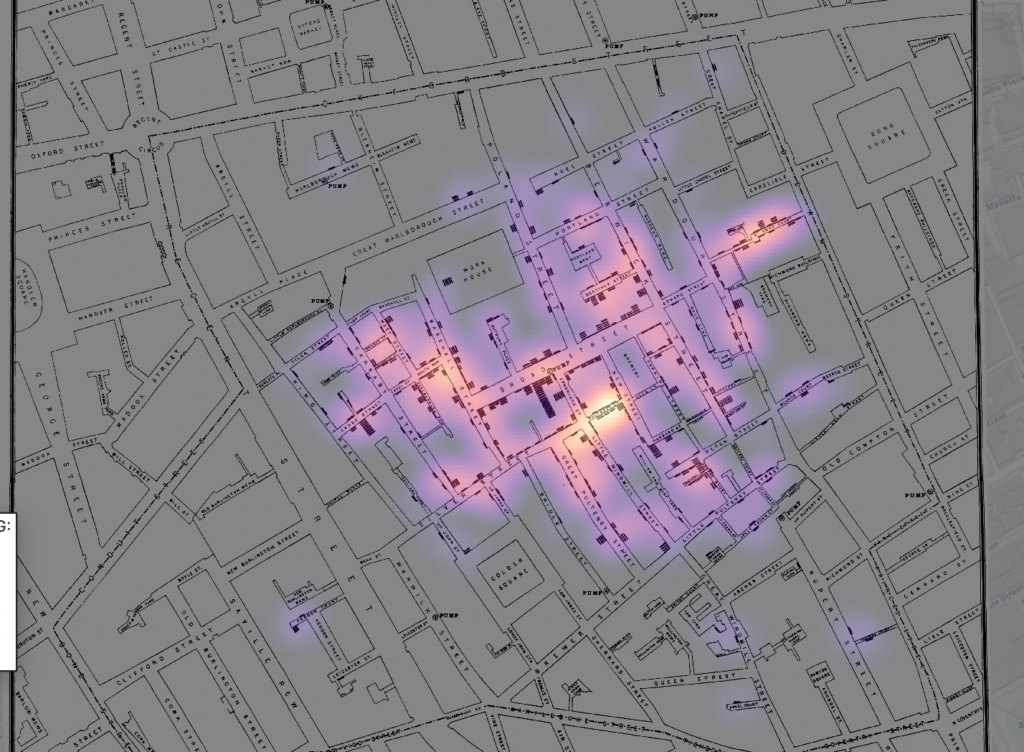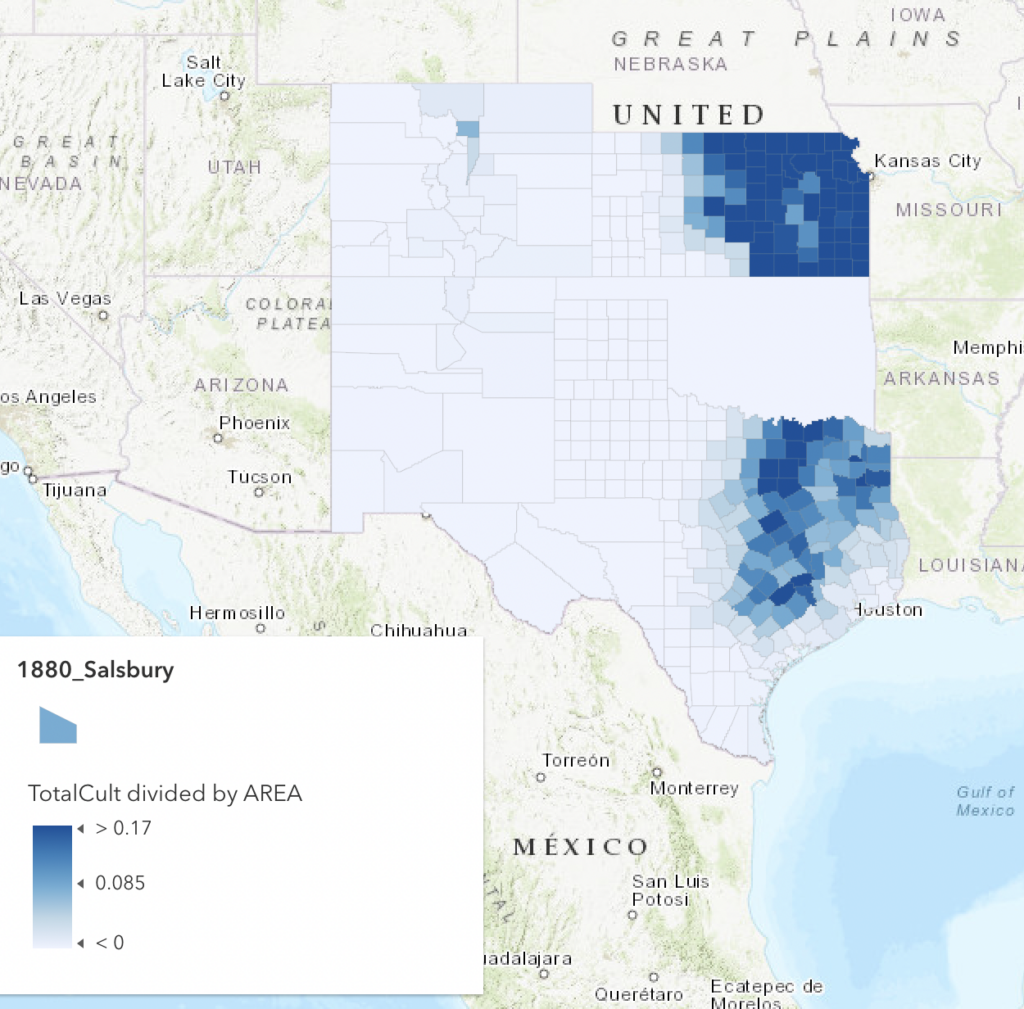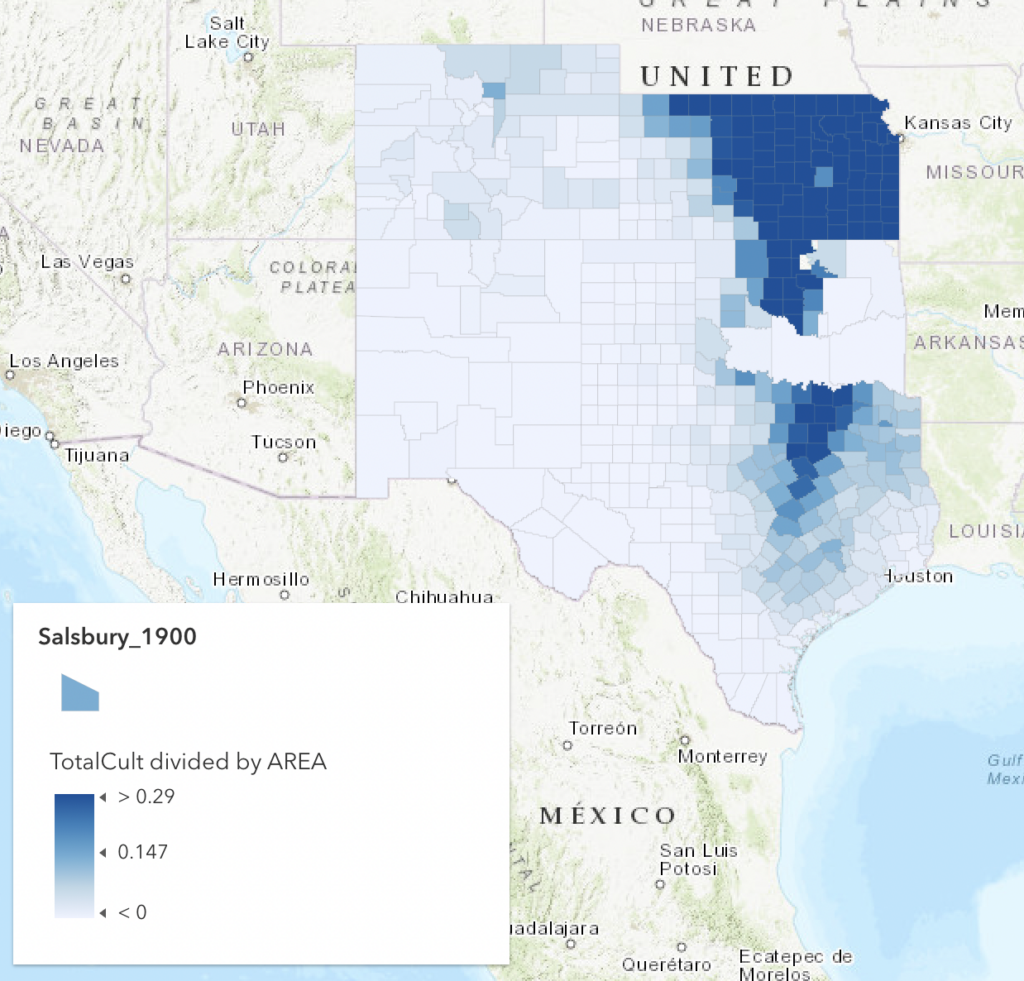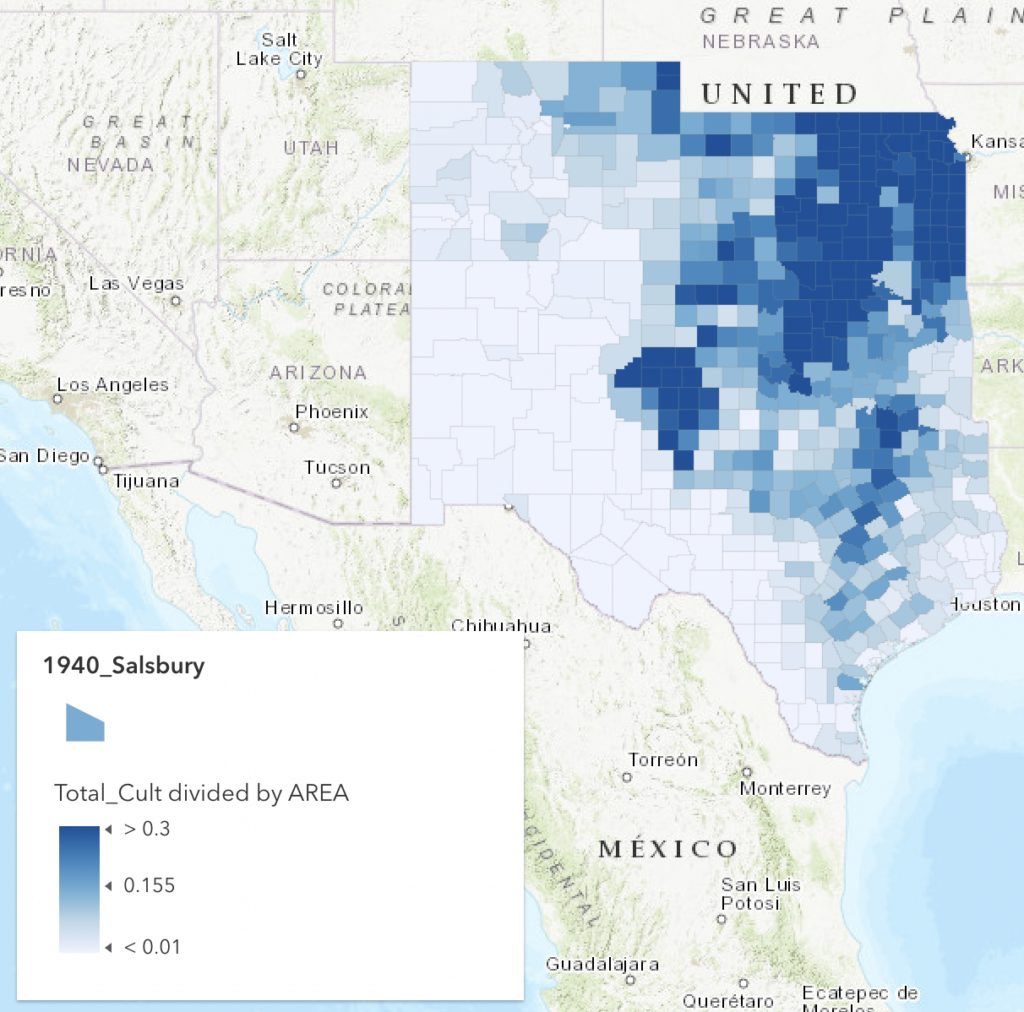“Annotated” Bibliography
Batschelet, Clarence Edmund. Fifteenth Census of the United States: 1930: Metropolitan Districts : Population and Area. United States, U.S. Government Printing Office, 1932.
Fifteenth census of the US for numbers on Wyandotte County in the 30’s.
Harrington, Grant W.. Historic Spots: Or, Milestones in the Progress of Wyandotte County, Kansas. United States, Mission Press, 1935.
List of buildings and historical landmarkers in Wyandotte county that could serve as points for cultural hubs
Fourteenth Census of the United States Taken in the Year 1920: Population 1920: general report and analytical tables. United States, Norman Ross Publishing, 2000.
Another census just for a better understanding of change from 1920 to 1930
“Sacred Structures- Historic Churches in Kansas City, Kansas.” Wyandotte County Historical Museum, Unified Government of Wyandotte County , www.wycokck.org/Departments/Wyandotte-County-Historical-Museum. Accessed 28 Mar. 2024.
List of historic churches and schools in KCK that serve as cultural hubs for the foreign born ethnic groups
Sanborn Fire Insurance Map from Kansas City, Wyandotte County, Kansas, Image 1. Sanborn Map Company, Vol. 1, 1907. Map. Retrieved from the Library of Congress,
Reference map for the Strawberry Hill neighborhood
Sanborn Fire Insurance Map from Kansas City, Wyandotte County, Kansas, Image 55. Sanborn Map Company, Vol. 1, 1907. Map. Retrieved from the Library of Congress,
Reference map for the Strawberry Hill neighborhood
Strawberry Hill papers. Susan Greenbaum papers, RH MS 1474. University of Kansas. Kenneth Spencer Research Library.
Truesdell, Leon Edgar, and Edwards, Alba M.. Fifteenth Census of the United States: 1930. Population. United States, U.S. Government Printing Office, 1931.
Another census to look through population numbers for 1930 Wyandotte county
University of Kansas Division of Continuing Education, and Barbara Watkins. “The Kansas Immigrants II.” KU ScholarWorks, Division of Continuing Education, University of Kansas, 1 Jan. 1981, kuscholarworks.ku.edu/handle/1808/22306?show=full
Report that looks at the history and preservation of Strawberry Hill
Wyandotte County and Kansas City, Kansas: Historical and Biographical. Comprising a Condensed History of the State, a Careful History of Wyandotte County, and a Comprehensive History of the Growth of the Cities, Towns and Villages …. United States, Goodspeed Publishing Company, 1890.
History of Wyandotte County and KCK, and the growth of the communities that make up WC and KCK
Secondary sources
“About Strawberry Hill.” Strawberry Hill Neighborhood Association, Strawberry Hill Neighborhood Association, www.strawberryhillkck.org/aboutstrawberryhill. Accessed 29 Mar. 2024.
Strawberry Hill neighborhood history page.,
Cable, Ted T., and Wayne A. Maley. Driving across Kansas: A Guide to I-70. University Press of Kansas, 2017.
History and guide of I-70 which destroyed a good amount of Strawberry Hill
Copeland, Lara. Historic Photos of Kansas City. United States, Turner Publishing Company, 2006.
Driever, Steven L., and Danny M. Vaughn. “Flood Hazard in Kansas City since 1880.” Geographical Review, vol. 78, no. 1, 1988, pp. 1–19. JSTOR, https://doi.org/10.2307/214302. Accessed 3 Apr. 2024.
Flood history of Kansas City that forced the creation of the Hill neighborhood as a way to avoid flooding.
Elliott, Robin G. “The Eastern European Immigrant in American Literature: The View of the Host Culture, 1900-1930.” Polish American Studies, vol. 42, no. 2, 1985, pp. 25–45. JSTOR, http://www.jstor.org/stable/20148178. Accessed 1 Apr. 2024.
Hall, Scott T. “Fountain of Cities: An Examination of Urban Growth and Growth Management with a Regional Proposal for Greater Kansas City.” Kansas Journal of Law & Public Policy, vol. 13, no. 4, 2003-2004, pp. 619-644. HeinOnline, https://heinonline.org/HOL/P?h=hein.journals/kjpp13&i=701.
Manzo, Joseph Theodore. Strawberry Hill, an Ethnic Urban Neighborhood. N.p., University of Kansas, Geography, 1975.
Marinovich, James. On Strawberry Hill: Croatian-American Tales of Long Ago. United States, CreateSpace Independent Publishing Platform, 2013.
Shortridge, James R.. Kansas City and how it Grew, 1822-2011. United States, University Press of Kansas, 2012.
Roucek, Joseph S. “The Image of the Slav in U.S. History and in Immigration Policy.” The American Journal of Economics and Sociology, vol. 28, no. 1, 1969, pp. 29–48. JSTOR, http://www.jstor.org/stable/3485555. Accessed 3 Apr. 2024.


